Full sun versus agrivoltaic treatments yield different crop production depending on the weather, demonstrating the need to ensure multi-year controlled studies as the field continues to mature, found research from the National Renewable Energy Laboratory (NREL) and University of Massachusetts Amherst.
Crops have different responses to various solar configurations and climates. The study examined the impact of adding space between adjacent solar panels in a fixed-tilt system during three summer growing seasons in Massachusetts. Rather than growing crops in the spacing between rows, the researchers focused on cultivating the land underneath the solar panel rows and crossbars so they could assess the crop performance in a more heavily shaded and potentially underused area. This helped them assess whether the available arable land in an agrivoltaic system with spacing between the panels could be fully used by cultivating that area.
The researchers sought to address two questions:
- How do crop yields under full sun versus agrivoltaic treatments vary under distinctly different seasonal weather patterns?
- Is there a clear and consistent impact of inter-panel spacing on crop production?
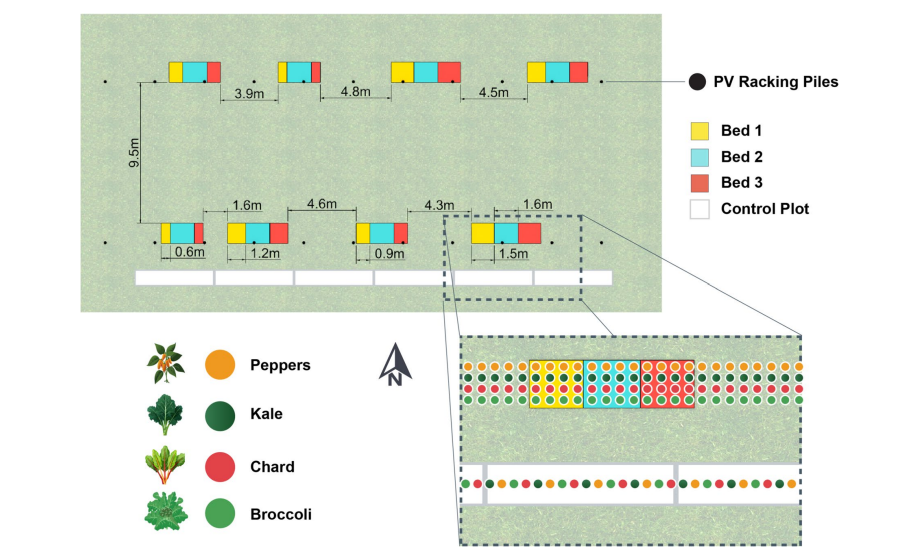
The researchers found “significant” year-to-year differences between the crop yields in agrivoltaic systems versus control fields. The agrivoltaic and full sun fields produced equal yields in a hot, dry year, whereas the full-sun control beds produced more salable yields for all four crops during a warm, wet year. For swiss chard, the full sun control group during one of the years had a higher yield than those in the agrivoltaic treatments, both for the number of leaves harvested and the fresh weight per leaf. However, for the other two years, the researchers said they found no significant difference.
The variability in these agricultural outcomes demonstrates the need for more multi-year studies to ensure accurate agrivoltaic impacts, the study found.
However, they also noted that agrivoltaics could be used side by side with full-sun yields as a hedge against weather variability in a single location if weather variability increases with climate change.
“Having both agrivoltaics and full-sun fields available provides farmers with options to modify their growing strategy based on seasonal forecasts or change over time, in addition to the added income and/or energy security from the PV array,” the study said.
The research also found that the different inter-panel spacings impacted the crop yields depending on the crop type and weather year. The only crop with a consistent relationship between inter-panel spacing and yield across all three years was kale, which had a marginally significant linear relationship between inter-panel spacing and the number of harvestable leaves per plant. The researchers also said the impacts of inter-panel spacing will vary, given other key design parameters, such as the crossbar or torque tube height and racking system as well as the crop planting layout.
The experiments were conducted at the University of Massachusetts Crop and Animal Research farm, the oldest example of agrivoltaics in the United States, according to AgriSolar Clearinghouse. Since 2016, the array has been used for crop research, including three research rounds of the National Renewable Energy Laboratories InSpire project.
The agrivoltaics field is growing. “As the field matures, we are likely to see more standardization as solar developers and agrivoltaic farmers converge on designs that are both cost-effective and compatible with farming operations, characteristics that often work against each other,” the study said.
The research was funded by the InSPIRE project through the U.S. Department of Energy Office of Energy Efficiency and Renewable Energy Solar Energy Technologies Office, and received open access funding from NREL.
InSpire also recently conducted the first solar grazing census, the first time a broadly organized effort was dedicated to capturing the full scope and scale of solar grazing in the United States.
Similar research at the Iowa State University is currently examining how varying panel heights and designs impact crop production. Preliminary results found summer squash and peppers produced better when grown around fixed-tilt solar arrays, while broccoli grew better in the control plot.
Also read: Solar grazing supports healthier soil, food for sheep, study finds
This content is protected by copyright and may not be reused. If you want to cooperate with us and would like to reuse some of our content, please contact: editors@pv-magazine.com.
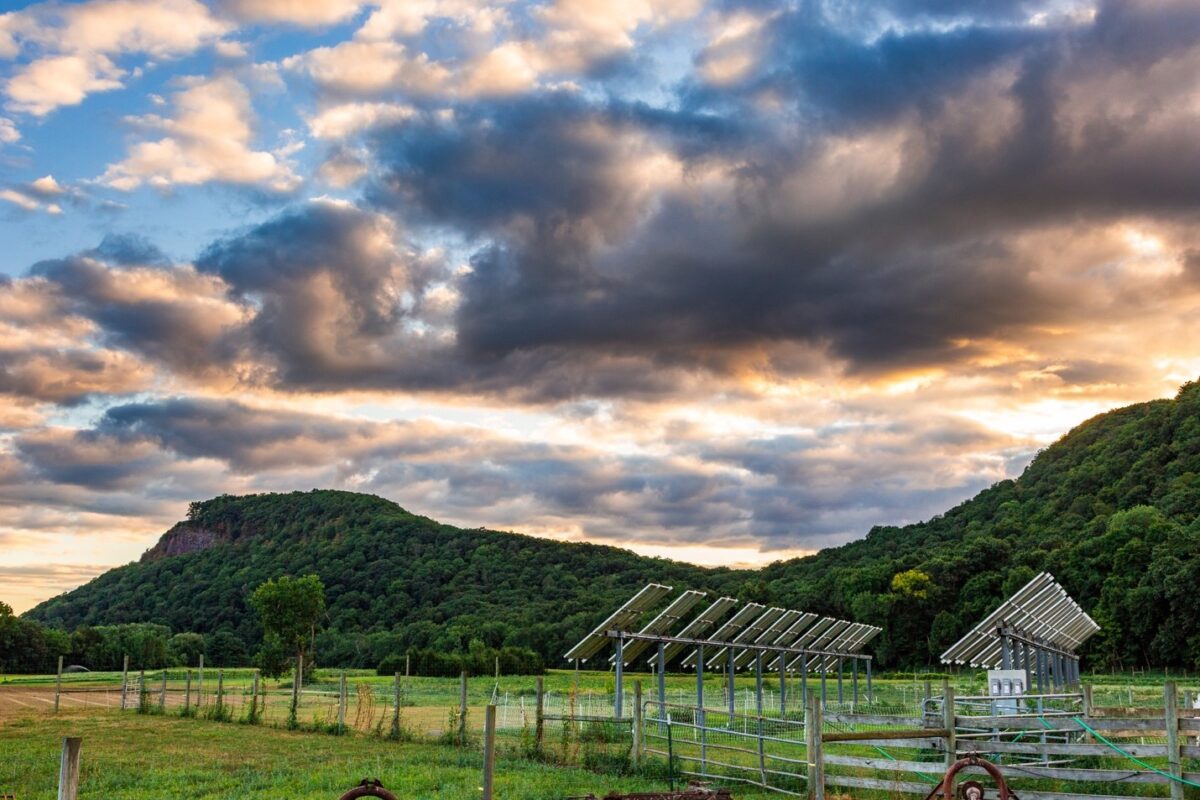
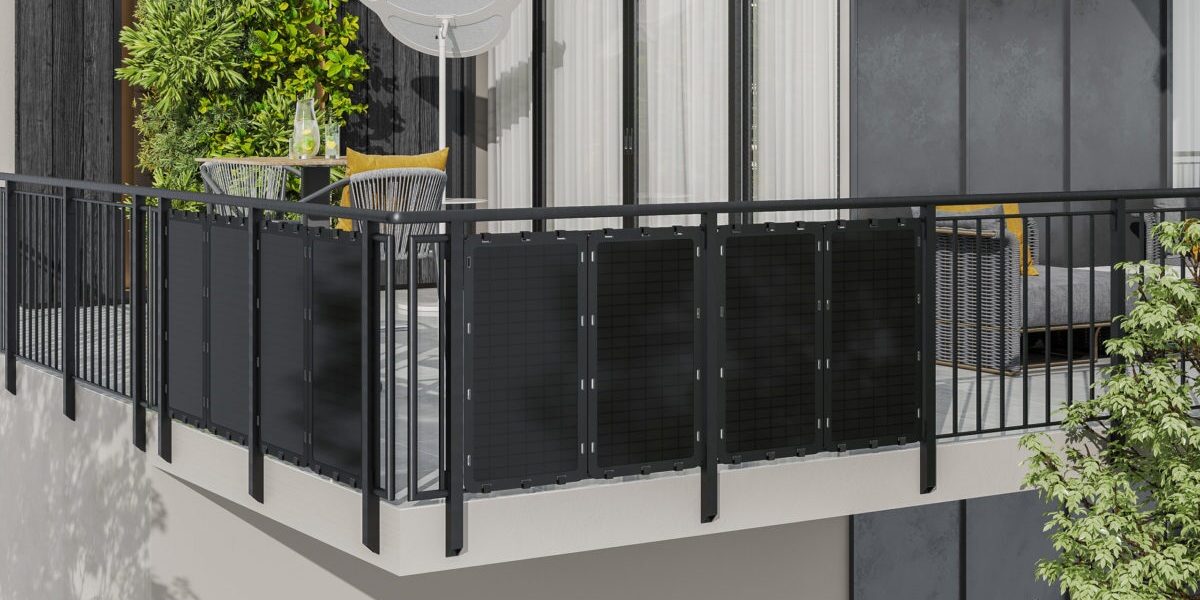


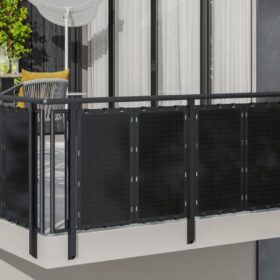

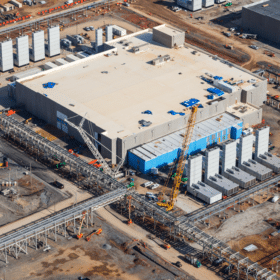
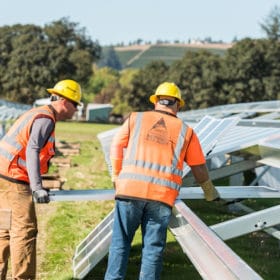
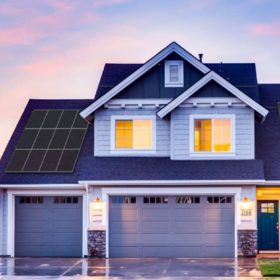
By submitting this form you agree to pv magazine using your data for the purposes of publishing your comment.
Your personal data will only be disclosed or otherwise transmitted to third parties for the purposes of spam filtering or if this is necessary for technical maintenance of the website. Any other transfer to third parties will not take place unless this is justified on the basis of applicable data protection regulations or if pv magazine is legally obliged to do so.
You may revoke this consent at any time with effect for the future, in which case your personal data will be deleted immediately. Otherwise, your data will be deleted if pv magazine has processed your request or the purpose of data storage is fulfilled.
Further information on data privacy can be found in our Data Protection Policy.